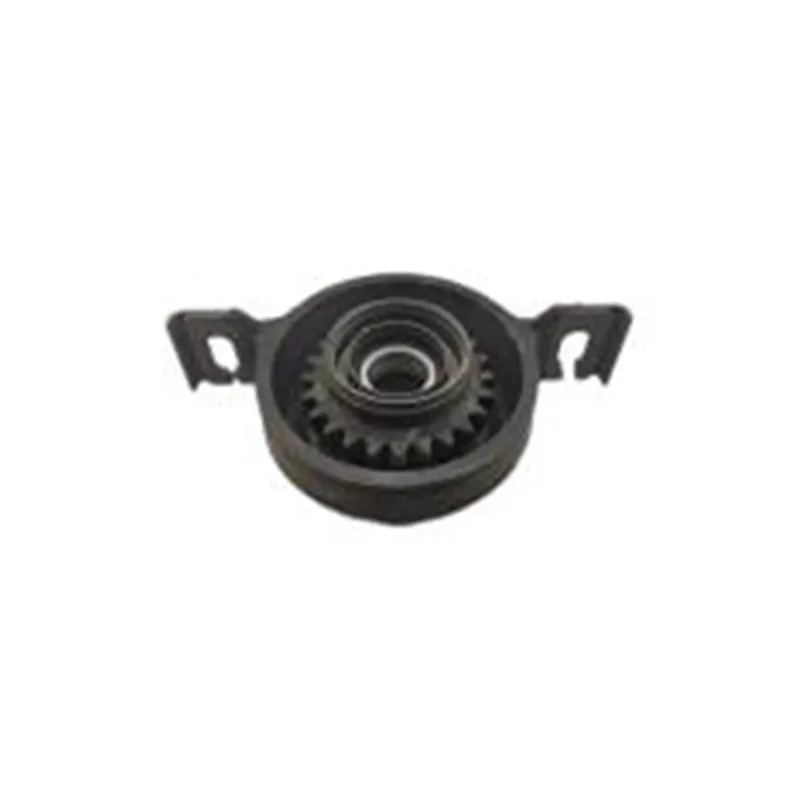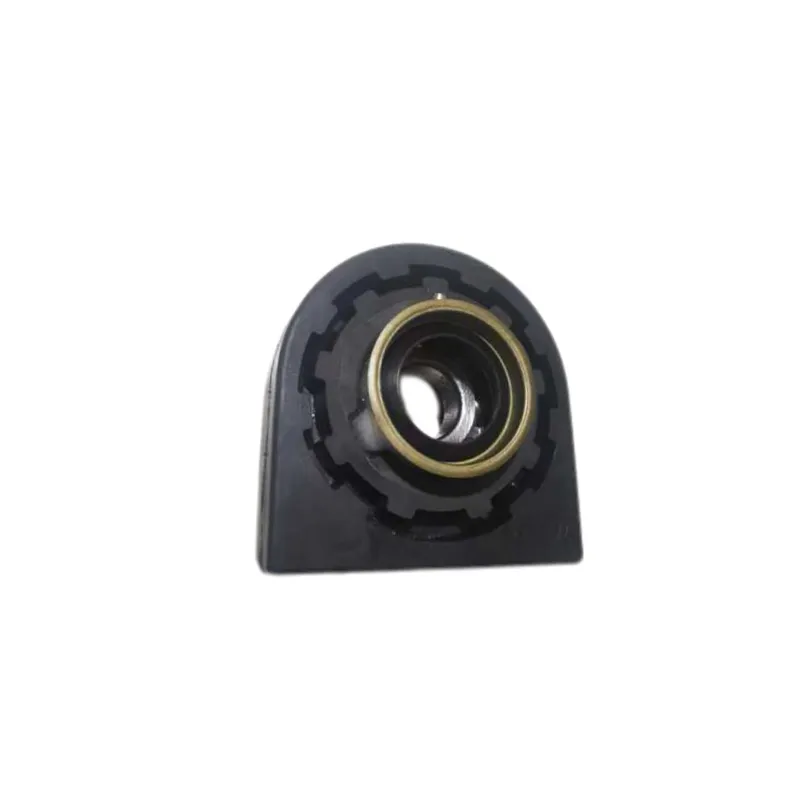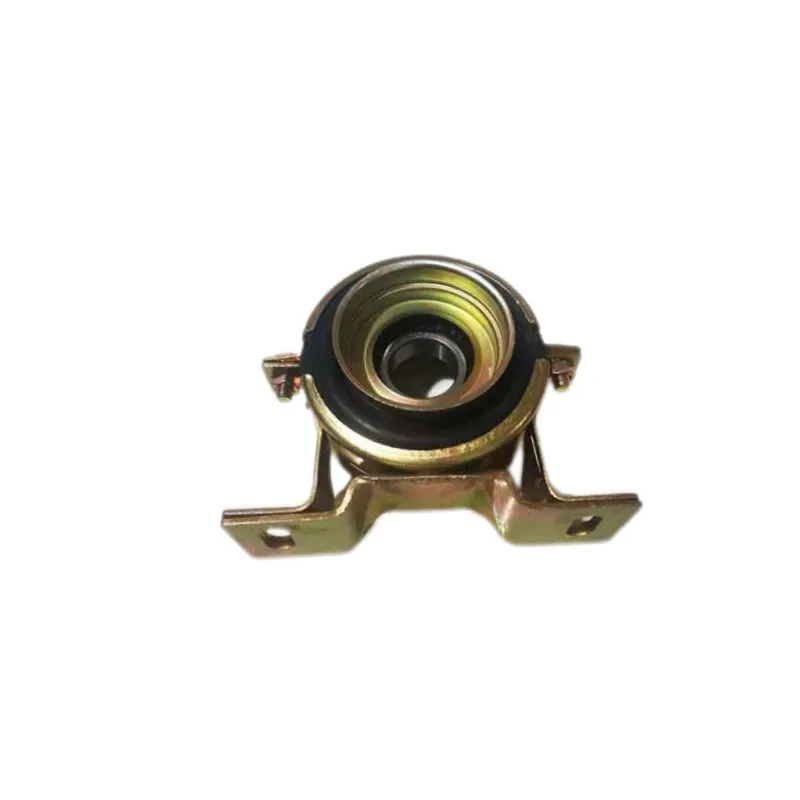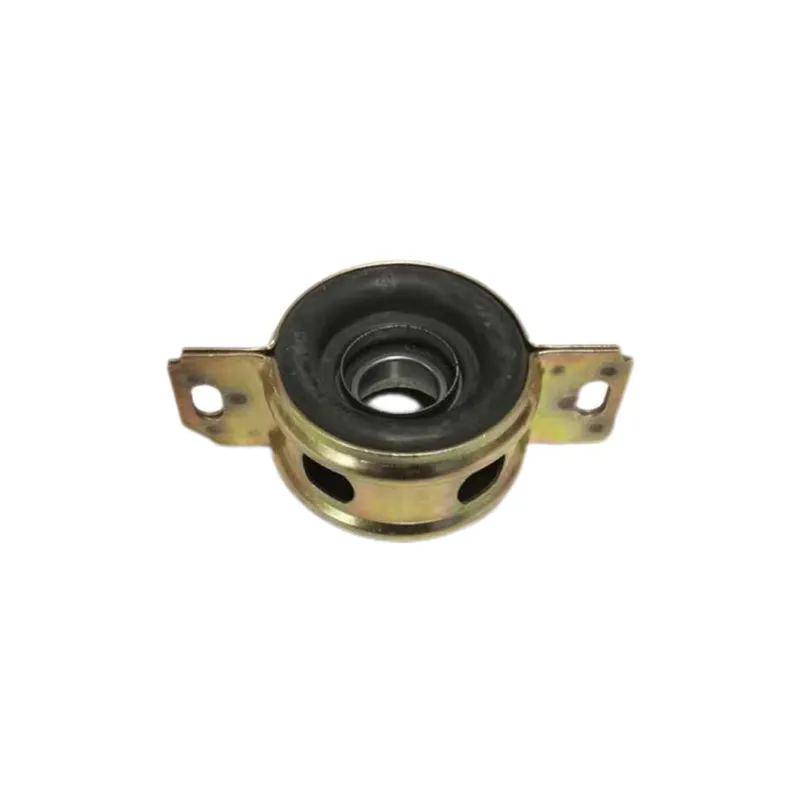
-
 آفریقایی
آفریقایی -
 آلبانیایی
آلبانیایی -
 آمهری
آمهری -
 عربی
عربی -
 ارمنی
ارمنی -
 آذربایجانی
آذربایجانی -
 باسکی
باسکی -
 بلاروسی
بلاروسی -
 بنگالی
بنگالی -
 بوسنیایی
بوسنیایی -
 بلغاری
بلغاری -
 کاتالان
کاتالان -
 سبوانو
سبوانو -
 کورسی
کورسی -
 کروات
کروات -
 کشور چک
کشور چک -
 دانمارکی
دانمارکی -
 هلندی
هلندی -
 انگلیسی
انگلیسی -
 اسپرانتو
اسپرانتو -
 استونیایی
استونیایی -
 فنلاندی
فنلاندی -
 فرانسوی
فرانسوی -
 فریزی
فریزی -
 گالیسیایی
گالیسیایی -
 گرجی
گرجی -
 آلمانی
آلمانی -
 یونانی
یونانی -
 گجراتی
گجراتی -
 کریول هائیتی
کریول هائیتی -
 هاوسا
هاوسا -
 هاوایی
هاوایی -
 عبری
عبری -
 جواب منفی
جواب منفی -
 میائو
میائو -
 مجارستانی
مجارستانی -
 ایسلندی
ایسلندی -
 igbo
igbo -
 اندونزیایی
اندونزیایی -
 ایرلندی
ایرلندی -
 ایتالیایی
ایتالیایی -
 ژاپنی
ژاپنی -
 جاوه ای
جاوه ای -
 کانادا
کانادا -
 قزاقی
قزاقی -
 خمر
خمر -
 رواندا
رواندا -
 کره ای
کره ای -
 کردی
کردی -
 قرقیزستان
قرقیزستان -
 سل
سل -
 لاتین
لاتین -
 لتونی
لتونی -
 لیتوانیایی
لیتوانیایی -
 لوگزامبورگی
لوگزامبورگی -
 مقدونی
مقدونی -
 مالگاشی
مالگاشی -
 مالایی
مالایی -
 مالایایی
مالایایی -
 مالتی
مالتی -
 مائوری
مائوری -
 مراتی
مراتی -
 مغولی
مغولی -
 میانمار
میانمار -
 نپالی
نپالی -
 نروژی
نروژی -
 نروژی
نروژی -
 اکسیتان
اکسیتان -
 پشتو
پشتو -
 فارسی
فارسی -
 لهستانی
لهستانی -
 پرتغالی
پرتغالی -
 پنجابی
پنجابی -
 رومانیایی
رومانیایی -
 روسی
روسی -
 ساموآ
ساموآ -
 گیلیک اسکاتلندی
گیلیک اسکاتلندی -
 صربی
صربی -
 انگلیسی
انگلیسی -
 شونا
شونا -
 سندی
سندی -
 سینهالی
سینهالی -
 اسلواکی
اسلواکی -
 اسلوونیایی
اسلوونیایی -
 سومالی
سومالی -
 اسپانیایی
اسپانیایی -
 ساندانی
ساندانی -
 سواحیلی
سواحیلی -
 سوئدی
سوئدی -
 تاگالوگ
تاگالوگ -
 تاجیک
تاجیک -
 تامیل
تامیل -
 تاتاری
تاتاری -
 تلوگو
تلوگو -
 تایلندی
تایلندی -
 ترکی
ترکی -
 ترکمن
ترکمن -
 اوکراینی
اوکراینی -
 اردو
اردو -
 اویغور
اویغور -
 ازبکستان
ازبکستان -
 ویتنامی
ویتنامی -
 ولز
ولز -
 کمک
کمک -
 ییدیش
ییدیش -
 یوروبا
یوروبا -
 زولو
زولو
Premium Control Arms: Enhance Ride & Steering Precision
Industry Trends and the Evolution of Suspension Systems
In the rapidly evolving landscape of automotive and heavy machinery industries, the demand for superior performance, enhanced safety, and extended durability has never been greater. At the heart of a vehicle's suspension system lies a critical component: the بازوی کنترل. This essential link connects the vehicle's chassis to the steering knuckles, enabling precise wheel movement while absorbing road shocks and maintaining tire contact with the road surface. Current industry trends are heavily influenced by several key factors, including the global push for electric vehicles (EVs), lightweighting initiatives, the integration of advanced driver-assistance systems (ADAS), and the pursuit of unparalleled NVH (Noise, Vibration, and Harshness) reduction.
The advent of EVs places new demands on suspension components. Batteries add significant weight, necessitating stronger yet lighter materials for components like the بازوی کنترل to maintain vehicle dynamics and extend range. Furthermore, the quiet operation of electric powertrains makes NVH characteristics of the suspension even more critical, driving innovation in bushing design and material science. Simultaneously, ADAS technologies require highly consistent and predictable suspension performance to ensure accurate sensor readings and reliable system operation. These trends are compelling leading control arm manufacturers to innovate aggressively in materials, design, and manufacturing processes, moving towards high-strength steels, aluminum alloys, and advanced composites to meet the exacting specifications of modern vehicle platforms.
Understanding the Core: The Modern بازوی کنترل
A بازوی کنترل, also known as an A-arm or wishbone, is a hinged suspension link between the chassis and the suspension upright or hub that carries the wheel. Its primary function is to control the vertical and horizontal movement of the wheel, ensuring proper wheel alignment and optimal tire contact. Modern vehicles often employ multiple types of control arms within a single suspension system, such as upper and lower control arms, or a multi-link setup where each link functions as a specialized control arm. For instance, the front driver side lower control arm is a frequently replaced component, vital for maintaining steering precision and ride comfort on the driver's side of the vehicle. Similarly, references to a driver control arm or driver side control arm highlight specific applications within a vehicle's suspension architecture.
The design of a بازوی کنترل is complex, involving intricate considerations of suspension geometry, unsprung mass reduction, and dynamic load distribution. These components must withstand tremendous forces, including braking, acceleration, cornering, and impacts from road irregularities, all while maintaining precise dimensional integrity. The integration of high-quality bushings and ball joints is paramount for damping vibrations, allowing for smooth articulation, and ensuring long-term reliability. A meticulously engineered control arm directly contributes to a vehicle's handling characteristics, stability, and overall safety profile.
Precision Manufacturing: The بازوی کنترل Production Process
The manufacturing of a high-quality بازوی کنترل is a testament to advanced engineering and rigorous quality control. It involves a multi-stage process that ensures both structural integrity and dimensional accuracy.
Process Flow Overview:
- Material Selection and Preparation: High-grade materials such as specific steel alloys (e.g., SAE 1045, 4140) for forged or stamped control arms, or aluminum alloys (e.g., 6061, 7075) for lightweight components, are carefully chosen based on application requirements for strength, ductility, and fatigue resistance. Raw materials undergo strict incoming inspection to ensure chemical composition and mechanical properties meet specifications.
- Forging or Casting:
- Forging: For steel components requiring superior strength and grain structure, processes like open-die or closed-die forging are utilized. This involves heating the material to high temperatures and shaping it under immense pressure, resulting in enhanced fatigue strength and impact resistance.
- Casting: For more complex geometries or aluminum components, precision casting methods (e.g., low-pressure die casting, gravity casting) are employed. This allows for intricate shapes and reduces machining waste, while maintaining structural integrity.
- Heat Treatment: Depending on the material and desired properties, components undergo heat treatment processes like quenching and tempering (for steel) or solution heat treatment and aging (for aluminum) to achieve optimal hardness, strength, and toughness, crucial for service life and resistance to wear.
- CNC Machining: Precision CNC (Computer Numerical Control) machining operations are performed to achieve tight dimensional tolerances for bushing bores, ball joint receptacles, and mounting points. This ensures proper fitment and functionality within the vehicle's suspension assembly.
- Welding (if applicable): For multi-piece control arms or assemblies requiring additional brackets, advanced welding techniques (e.g., MIG, TIG, friction stir welding for aluminum) are used, followed by rigorous inspection to ensure weld integrity.
- Surface Treatment and Finishing: Components typically undergo protective coatings such as E-coating (electrophoretic deposition), powder coating, or galvanization to provide exceptional corrosion resistance, especially vital for components exposed to harsh environmental conditions.
- Assembly and Integration: High-quality bushings (rubber, polyurethane, or hydro-bushings) and ball joints are pressed into the control arm. These components are often sourced from leading OE suppliers to guarantee performance and service life.
- Quality Control and Testing: Throughout the entire process, components are subjected to stringent quality checks, including dimensional inspection (CMM), material analysis, non-destructive testing (NDT), fatigue testing, salt spray corrosion testing, and load-deflection testing of bushings and ball joints. Compliance with international standards such as ISO 9001, IATF 16949 (for automotive), ASTM, and SAE is rigorously maintained. This ensures a reliable service life, often exceeding 100,000 miles in typical automotive applications.
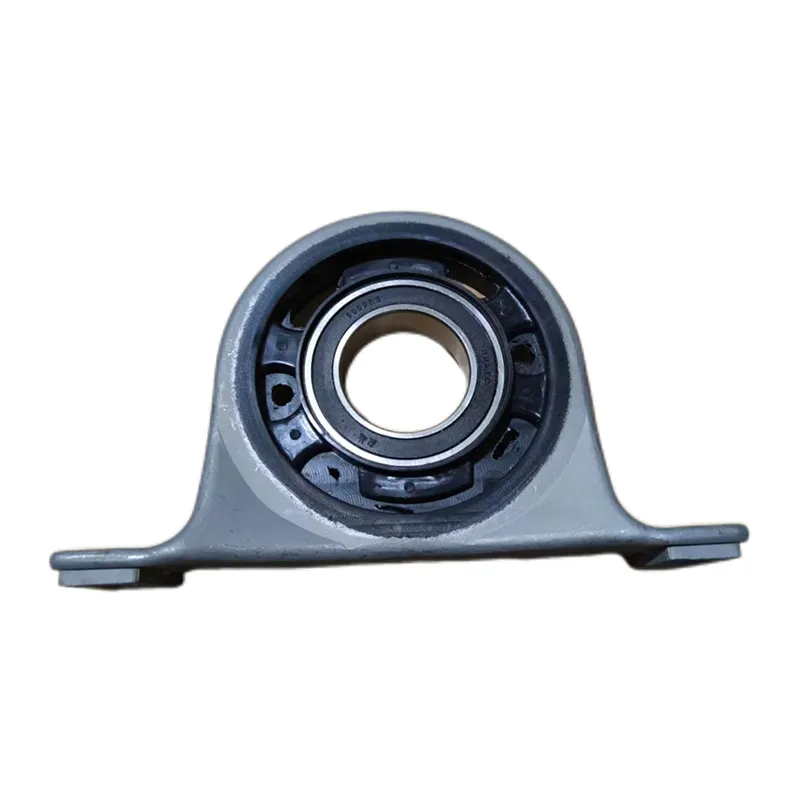
The meticulous adherence to these process steps, combined with continuous innovation in materials and techniques, allows a proficient control arm manufacturer to deliver components offering advantages such as superior energy saving through reduced friction and weight, exceptional corrosion resistance, and predictable handling characteristics crucial for high-performance and heavy-duty applications.
Technical Specifications and Performance Parameters
The performance of a بازوی کنترل is defined by a comprehensive set of technical specifications, critical for engineers and procurement professionals when selecting components. These parameters directly influence durability, safety, and vehicle dynamics.
Key Technical Parameters:
- Material Composition: Detailed chemical analysis (e.g., for steel, %C, %Mn, %Si, %Cr, %Mo) or alloy designation (e.g., Al 6061-T6) ensuring specified mechanical properties.
- Tensile Strength: Maximum stress a material can withstand before breaking (e.g., 600-900 MPa for high-strength steel control arms).
- Yield Strength: Stress at which a material begins to permanently deform (e.g., 350-650 MPa).
- Fatigue Life: Number of cycles (loads) a component can withstand before failure, often determined through finite element analysis (FEA) and dynamic testing (e.g., >1,000,000 cycles at design load).
- Hardness: Resistance to indentation (e.g., 200-300 HB for steel components).
- Corrosion Resistance: Measured by salt spray testing (e.g., >500 hours without red rust for coated components).
- Bushing Durometer: Hardness of rubber or polyurethane bushings, influencing NVH and handling (e.g., 70-90 Shore A).
- Ball Joint Pull-out Force: The force required to separate the ball joint stud from its housing (e.g., >20 kN).
- Dimensional Accuracy: Critical tolerances for mounting points and articulation (e.g., ±0.05 mm).
Typical Product Specification Table (Illustrative):
Versatile Application Scenarios Across Industries
The utility of robust and precisely engineered بازوی کنترل components extends far beyond conventional passenger vehicles. These critical suspension links are indispensable across a diverse range of industries, where durability, precise control, and operational reliability are paramount.
- Automotive Industry: From compact city cars and luxury sedans to high-performance sports cars and heavy-duty trucks, control arms are fundamental. They are crucial for maintaining ride comfort, enhancing steering responsiveness, and ensuring the safety of all vehicle types, including the rapidly expanding EV segment where lightweight solutions contribute to extended battery range.
- Heavy Machinery and Off-Highway Equipment: Construction vehicles, agricultural machinery, mining equipment, and industrial forklifts operate in some of the most demanding environments. Control arms in these applications must withstand extreme loads, continuous vibrations, and harsh elements, providing the necessary articulation and stability for heavy-duty operations. The robust construction and corrosion resistance are key advantages here.
- Specialized Industrial Applications: Beyond traditional vehicles, industrial control arms find roles in specialized conveyor systems, automated guided vehicles (AGVs), and material handling systems where precise linear or angular motion control is required under varying load conditions. Their ability to deliver consistent performance over long operational cycles makes them ideal.
In these scenarios, the advantages of well-designed control arms are clear: they contribute to energy saving through optimized suspension geometry and reduced friction, resist corrosion due to advanced surface treatments, and ensure stable, predictable operation, directly impacting operational efficiency and safety in critical applications. For example, in petrochemical and metallurgy industries where heavy transport is frequent, durable control arms ensure the integrity and safety of vehicle fleets.

Technical Advantages and Engineering Innovations
Leading بازوی کنترل manufacturers are not merely replicating existing designs; they are at the forefront of engineering innovation, continuously pushing the boundaries of material science, design optimization, and manufacturing precision to deliver superior products. These innovations translate into tangible technical advantages for our clients:
- Advanced Material Science: Utilization of high-strength, low-alloy (HSLA) steels, advanced aluminum alloys, and even composite materials to achieve significant weight reduction without compromising strength or durability. This lightweighting contributes to improved fuel efficiency, reduced emissions, and enhanced vehicle dynamics, particularly critical for modern EVs.
- Design Optimization through FEA: Sophisticated Finite Element Analysis (FEA) and topology optimization software are employed to simulate stress distribution under various load conditions. This allows engineers to identify and reinforce critical stress points, remove unnecessary material, and fine-tune component geometry for optimal strength-to-weight ratio and fatigue life.
- Enhanced NVH Performance: Through advanced bushing design, including hydro-bushings and multi-layered rubber compounds, coupled with precision manufacturing, our control arms significantly reduce noise, vibration, and harshness. This results in a quieter, more comfortable ride, a crucial differentiator in today's competitive automotive market.
- Superior Corrosion Protection: Multi-stage surface treatment processes, including electrophoretic deposition (E-coating) followed by powder coating or specialized galvanizing, provide exceptional resistance to rust and environmental degradation. This extends the service life of components, especially in regions exposed to road salt, humidity, or aggressive chemicals.
- Precision Ball Joint and Bushing Integration: We utilize OE-grade ball joints and bushings, engineered for specific load requirements and articulation angles. Automated pressing and assembly processes ensure perfect fitment, minimizing play and maximizing long-term performance and reliability.
Vendor Comparison and Strategic Differentiation
Choosing the right control arm manufacturer is a strategic decision that impacts product quality, supply chain stability, and overall project success. While many suppliers exist, a discerning approach is necessary to identify partners who deliver true value.
Key Differentiators in Vendor Selection:
- Quality Assurance & Certifications: Adherence to international quality standards like ISO 9001 and IATF 16949 (specifically for automotive industry) is non-negotiable. Certifications from authoritative bodies validate robust quality management systems.
- R&D and Innovation Capabilities: A partner with strong in-house R&D, advanced simulation tools (FEA), and a track record of innovative material and design solutions can provide a competitive edge.
- Customization & Engineering Support: The ability to offer tailored solutions, from design collaboration to prototyping and specialized testing, is crucial for unique project requirements.
- Supply Chain Resilience & Lead Times: A reliable global supply chain, robust production capacity, and consistent on-time delivery are critical for minimizing disruption and managing inventory.
- After-Sales Support & Warranty: Comprehensive technical support, clear warranty policies, and efficient problem resolution demonstrate commitment to client satisfaction and product longevity.
Vendor Comparison Table (Illustrative):
Customized Solutions and Engineering Partnerships
Recognizing that off-the-shelf components may not always meet the unique demands of specialized applications, we excel in providing customized بازوی کنترل solutions. Our approach involves deep engineering partnerships with clients, ensuring that every design is perfectly tailored to specific performance criteria and operational environments.
This collaborative process begins with a detailed analysis of application requirements, including load cycles, environmental conditions, desired service life, and weight targets. Our engineering team leverages advanced CAD/CAM and FEA tools to design optimal control arm geometries, select appropriate materials (e.g., custom alloy blends for extreme temperatures or corrosion resistance), and develop bespoke manufacturing processes. From rapid prototyping and iterative design refinements to comprehensive testing and validation, we work hand-in-hand with our clients. This capability extends to integrating specialized bushings, unique mounting configurations, or custom surface treatments, ensuring that the final product not only meets but often exceeds the most stringent performance specifications. Our commitment to engineering excellence allows us to transform complex challenges into robust, reliable, and cost-effective solutions for our partners.
Real-World Application Case Studies
The effectiveness of a superior بازوی کنترل is best demonstrated through its performance in demanding real-world scenarios. Our extensive experience has allowed us to contribute to numerous successful projects across various sectors.
Case Study 1: Enhancing Electric Vehicle Range and Handling
A leading EV manufacturer approached us to develop lightweight control arms that could reduce unsprung mass and improve suspension responsiveness, directly impacting vehicle range and dynamic handling. By utilizing a proprietary aluminum alloy and advanced topology optimization techniques, we engineered a set of control arms that were 25% lighter than the standard steel components, while maintaining equivalent or superior strength. The implementation resulted in a measurable increase in electric vehicle range by 1.5% and noticeably sharper steering feedback, contributing to enhanced driver experience and overall vehicle performance metrics. This project underscored our capability to innovate for the future of mobility, addressing critical challenges in the EV ecosystem.
Case Study 2: Extending Service Life in Heavy-Duty Commercial Fleets
A major logistics company operating a fleet of heavy-duty trucks faced persistent issues with premature control arm failure due to severe road conditions and high load capacities. Their existing components were exhibiting corrosion and fatigue cracks long before their expected service life. We collaborated to design a robust control arm solution featuring a specialized high-strength forged steel, enhanced heat treatment, and a multi-layer e-coating with an additional protective clear coat. Comprehensive accelerated life testing demonstrated a 70% increase in fatigue life and superior corrosion resistance, validated by over 1,000 hours in salt spray testing. Post-implementation, the logistics company reported a significant reduction in vehicle downtime, lower maintenance costs, and improved fleet uptime, directly impacting their operational profitability.

These case studies illustrate our dedication to solving complex engineering challenges and delivering tangible benefits through superior product design and manufacturing excellence. Our role as a trusted control arm manufacturer is built on a foundation of proven performance and customer satisfaction.
Ensuring Trust and Reliability: FAQ, Lead Time, Warranty, and Support
At the core of any successful B2B partnership is trust. We are committed to transparency and reliability in every aspect of our operations, from initial inquiry to long-term after-sales support.
Frequently Asked Questions (FAQ):
- Q: What materials do you typically use for control arms?
A: We primarily utilize high-grade forged steel (e.g., 1045, 4140) and various aluminum alloys (e.g., 6061-T6, 7075-T6), selected based on specific application requirements for strength, weight, and durability. - Q: How do you ensure product quality and consistency?
A: Our quality management system is certified to IATF 16949 and ISO 9001. We implement rigorous checks at every stage, from raw material inspection to final product testing, including CMM, fatigue, corrosion, and material composition analysis. - Q: Can you provide custom control arm designs?
A: Absolutely. Our engineering team specializes in custom solutions. We work closely with clients from concept development, leveraging advanced simulation tools, to prototyping and production to meet precise specifications. - Q: What is your standard lead time for OEM orders?
A: For custom OEM projects, lead times typically range from 8-12 weeks after design finalization, depending on complexity and order volume. For standard product lines, we maintain robust inventory for quicker dispatch.
Lead Time and Fulfillment:
We understand the critical importance of timely delivery in B2B operations. Our state-of-the-art manufacturing facilities, coupled with a highly efficient supply chain, enable us to manage production schedules effectively. We pride ourselves on transparent communication regarding lead times, from initial prototype to full-scale production, ensuring our clients can plan their operations with confidence. Our robust logistics network supports global distribution, facilitating prompt and secure delivery to your specified locations.
Warranty Commitments:
We stand behind the quality and durability of our control arms. All our products come with a comprehensive warranty against manufacturing defects and premature failure under normal operating conditions. Specific warranty terms vary by product line and application but are always clearly communicated and upheld, reflecting our confidence in our engineering and production standards. We are committed to resolving any product-related issues swiftly and effectively.
Customer Support:
Our dedicated customer support team and technical specialists are available to assist with product selection, technical inquiries, installation guidance, and any after-sales support requirements. We offer multilingual support and aim to provide prompt and knowledgeable responses to ensure seamless integration and optimal performance of our components within your systems. Our global presence ensures localized support wherever your operations may be.

Our Commitment: Quality, Innovation, Partnership
With decades of specialized experience as a leading control arm manufacturer, we have cultivated a reputation for excellence built on unwavering commitment to quality, relentless pursuit of innovation, and strong, collaborative partnerships. Our state-of-the-art facilities, combined with a team of highly skilled engineers and technicians, are dedicated to producing suspension components that not only meet but exceed the rigorous demands of the global automotive and industrial sectors.
We continuously invest in advanced manufacturing technologies, cutting-edge R&D, and stringent quality control protocols to ensure every product delivers superior performance, durability, and safety. Our certifications, extensive client portfolio including leading automotive OEMs, and proven track record underscore our authoritativeness in the field. We are not just a supplier; we are a strategic partner, committed to driving your success through engineering excellence and unparalleled customer service. Choose us for reliable, high-performance suspension solutions that stand the test of time and terrain.
References
- Society of Automotive Engineers (SAE) International. "J2656: Suspension Arm and Bushing Test Procedures."
- ASTM International. "Standard Test Methods for Tension Testing of Metallic Materials (ASTM E8/E8M)."
- International Organization for Standardization (ISO). "ISO 9001: Quality management systems – Requirements."
- International Automotive Task Force (IATF). "IATF 16949: Quality management system requirements for automotive production and relevant service parts organizations."
- K. Guiggiani. "The Science of Vehicle Dynamics: Handling, Braking, and Ride Optimization." Springer, 2018.




